chucketn
Senior Citizen
If your lathe headstock has an M3 taper, you can get an M3 to M2 adaptor or sleeve to hold the M2 blank arbor.
Chuck in E. TN
Chuck in E. TN


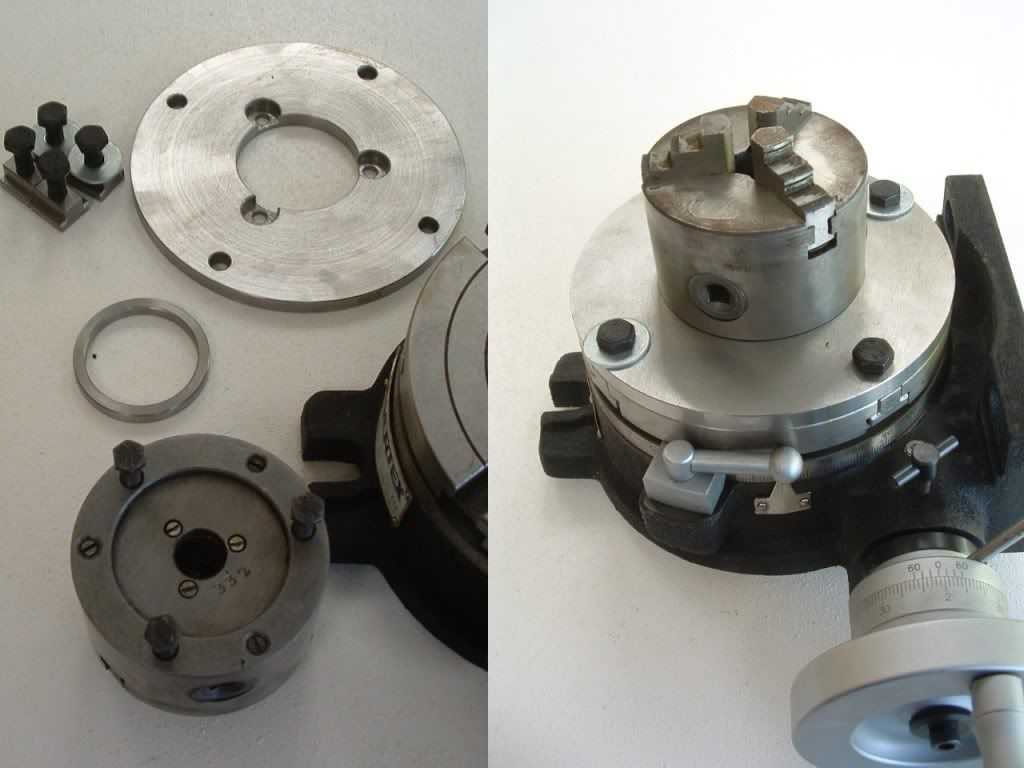
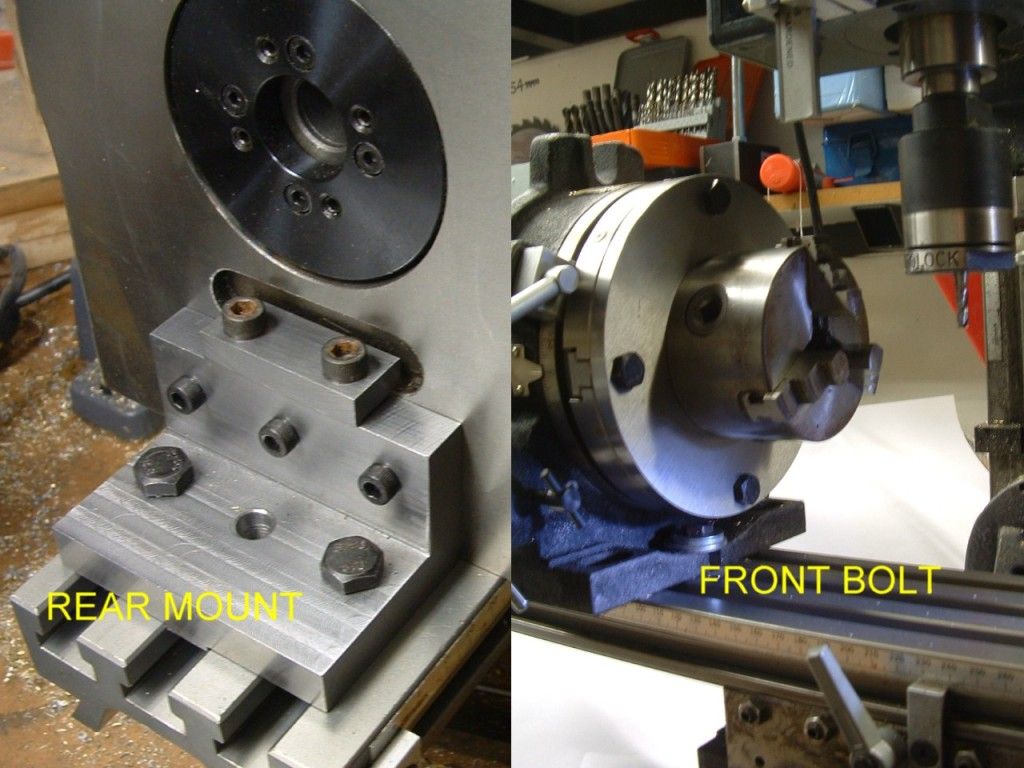
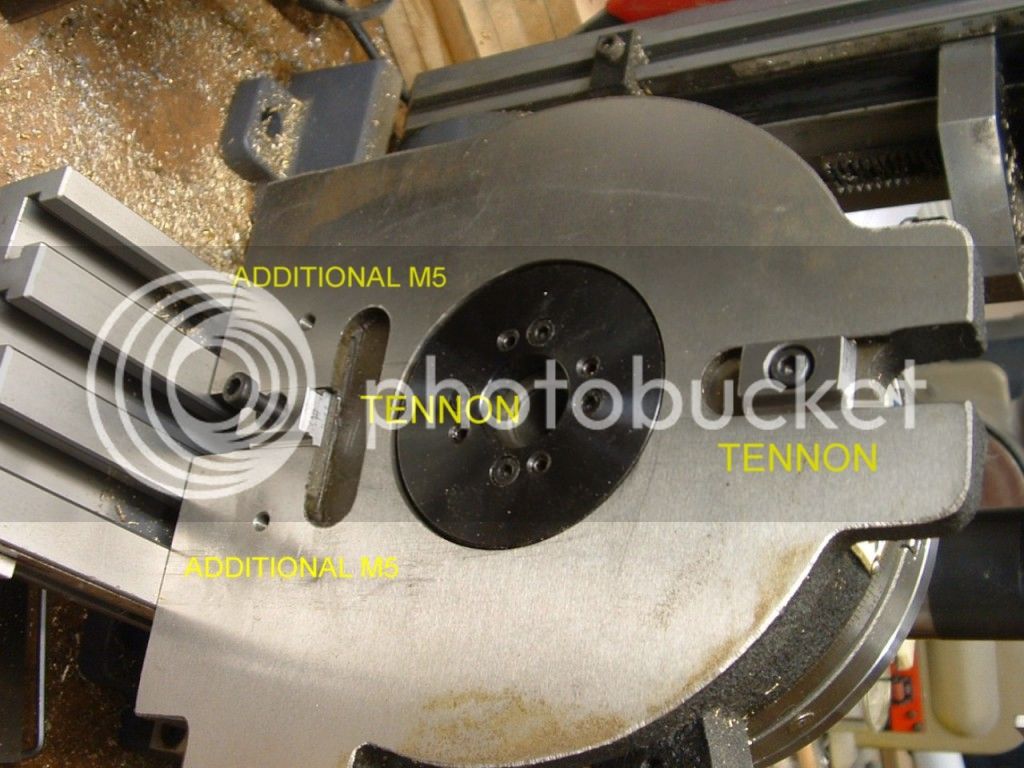
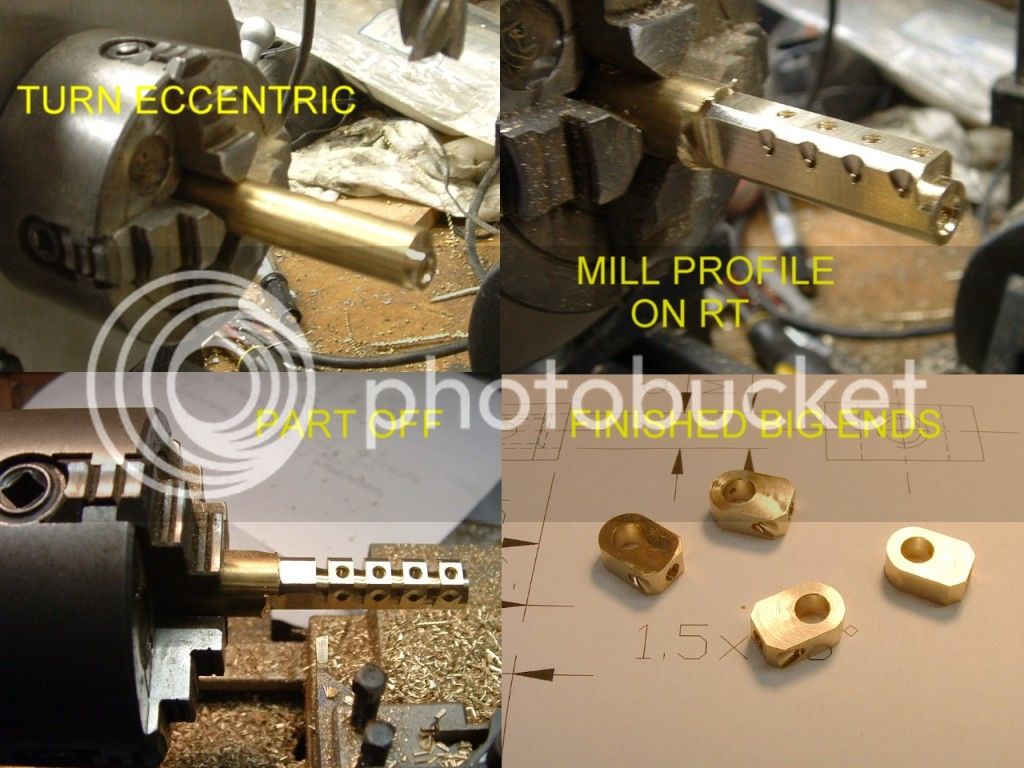
So I assume you just remove the 3 pins (D1-3?) from the back of the chuck so it lays flush with your RT mounting plate?Ken I said:I like to have the float this allows me to clock it.



![DreamPlan Home Design and Landscaping Software Free for Windows [PC Download]](https://m.media-amazon.com/images/I/51kvZH2dVLL._SL500_.jpg)



gbritnell said:I use my quite a bit. Once you get method down for aligning the axis of the table and spindle the tool becomes almost indispensable. Here's the link to my V-twin build....
gbritnell
petertha said:So I assume you just remove the 3 pins (D1-3?) from the back of the chuck so it lays flush with your RT mounting plate?
Any time I need to mill a radius on something I get out the rotary table.
Her are some pics of things I have done on the R/T that cant be done on an indexer without some way of turning the table while milling.
A hall sensor strap for the TI4 Distrubitor
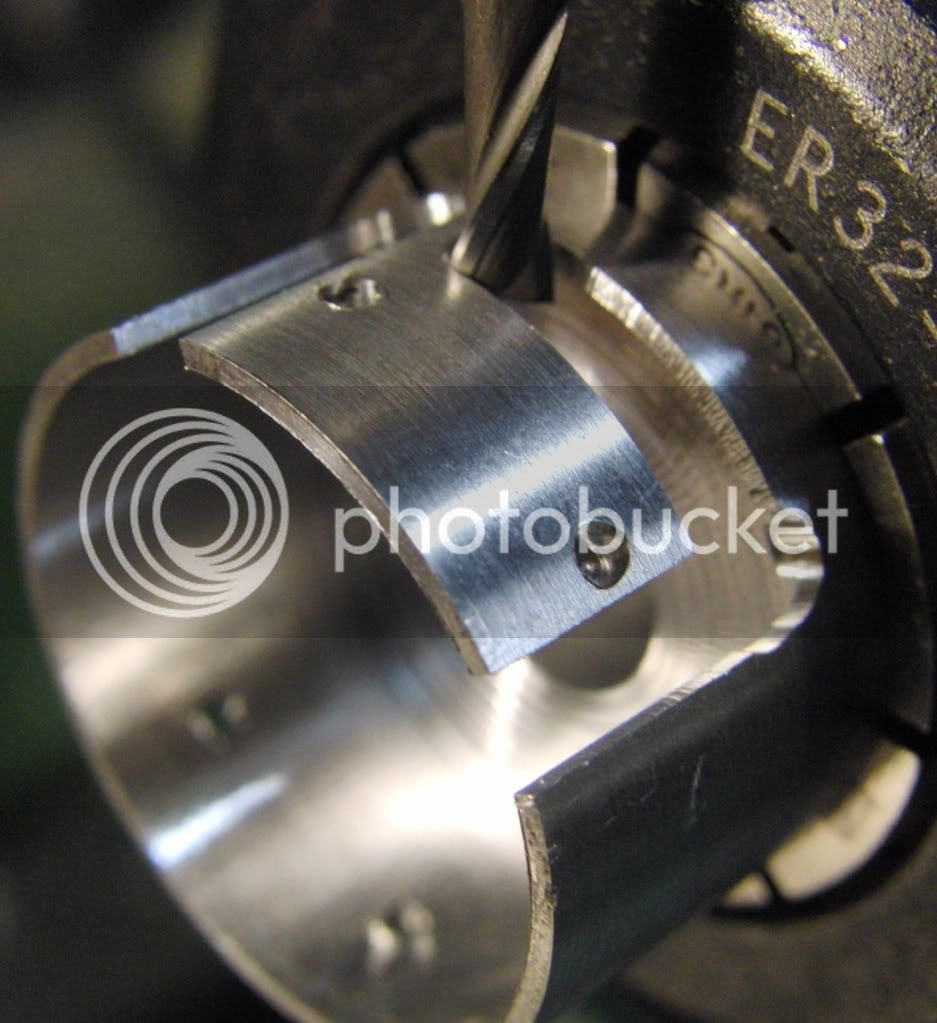
Timing Cover
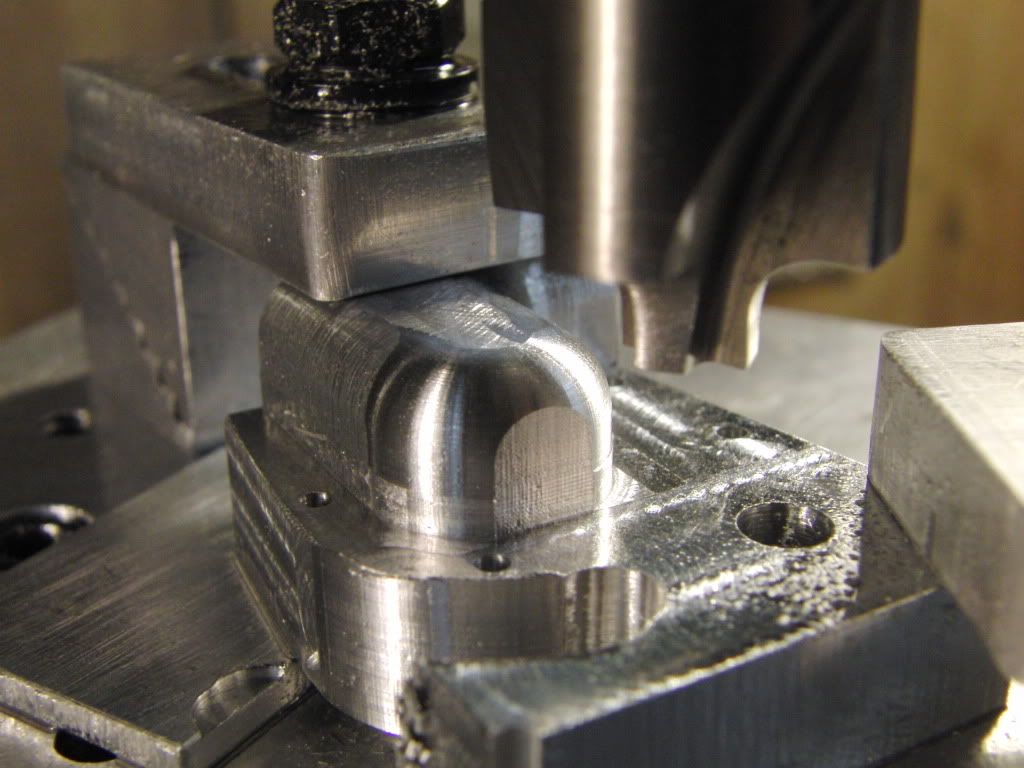
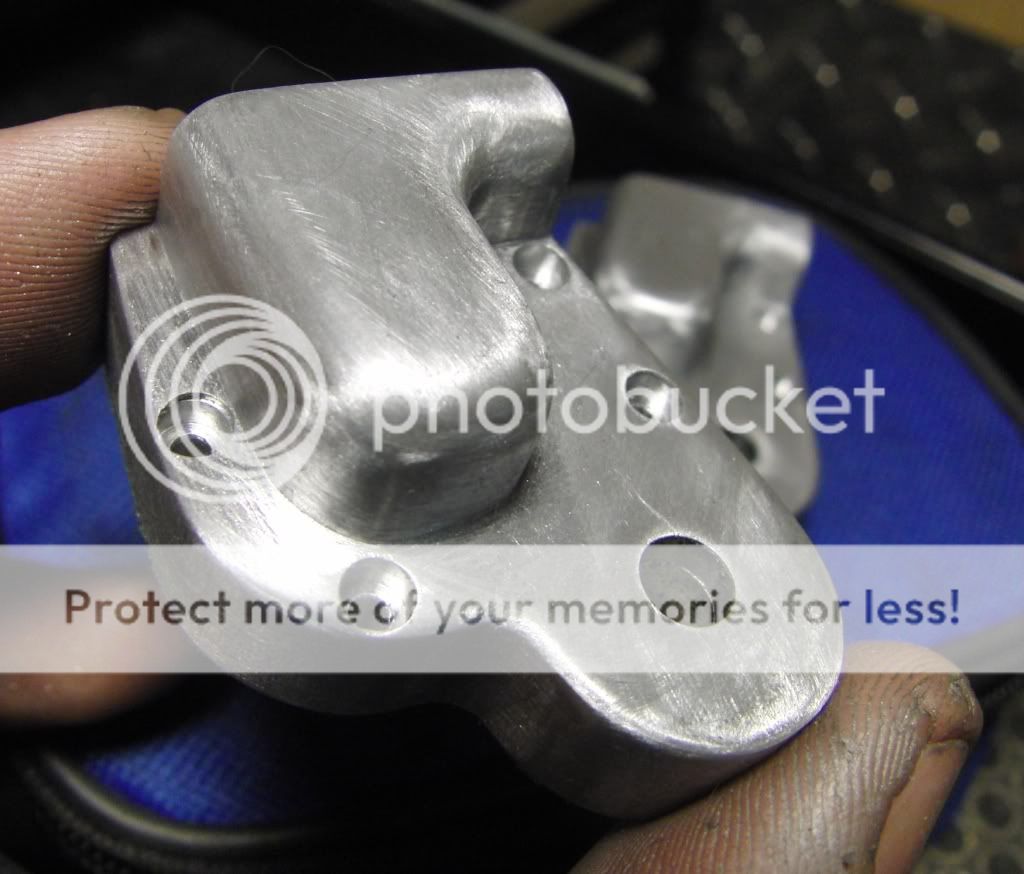
Here I am milling out the water jacket on the TI4 with a key cutter.
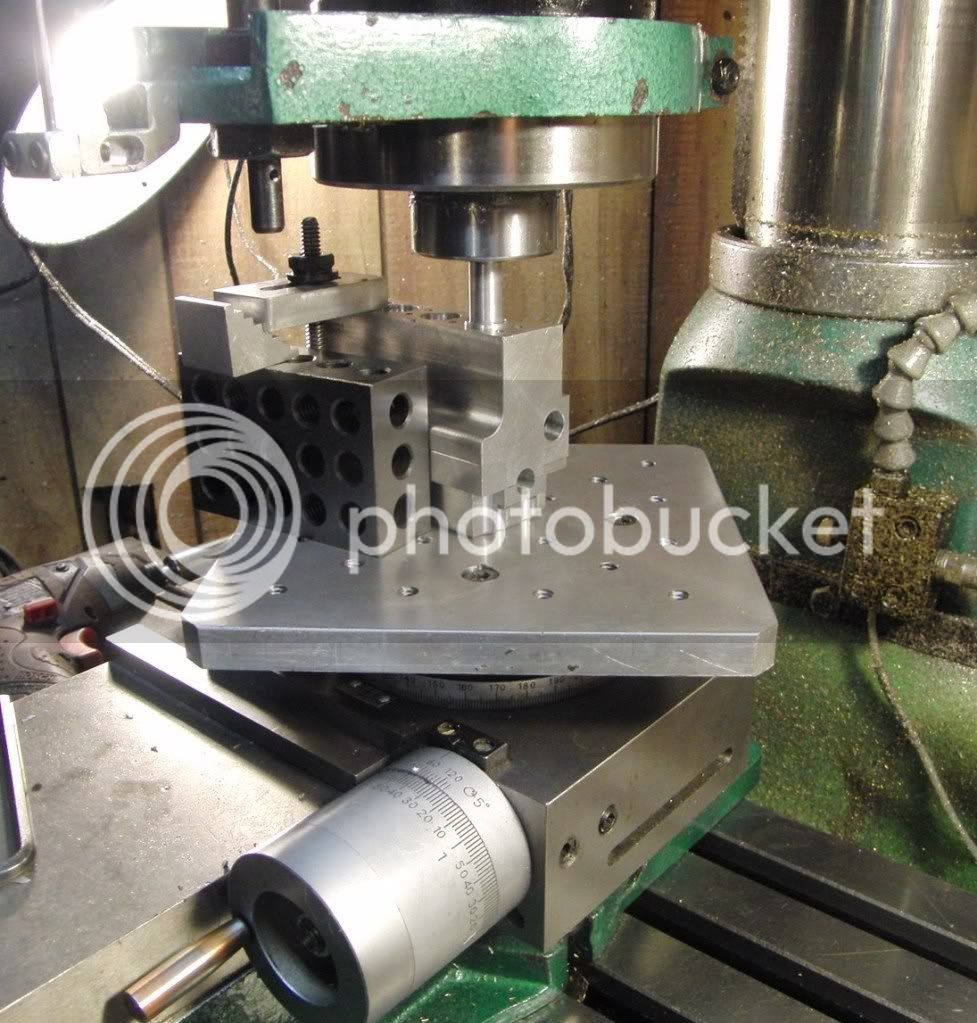
Flywheels
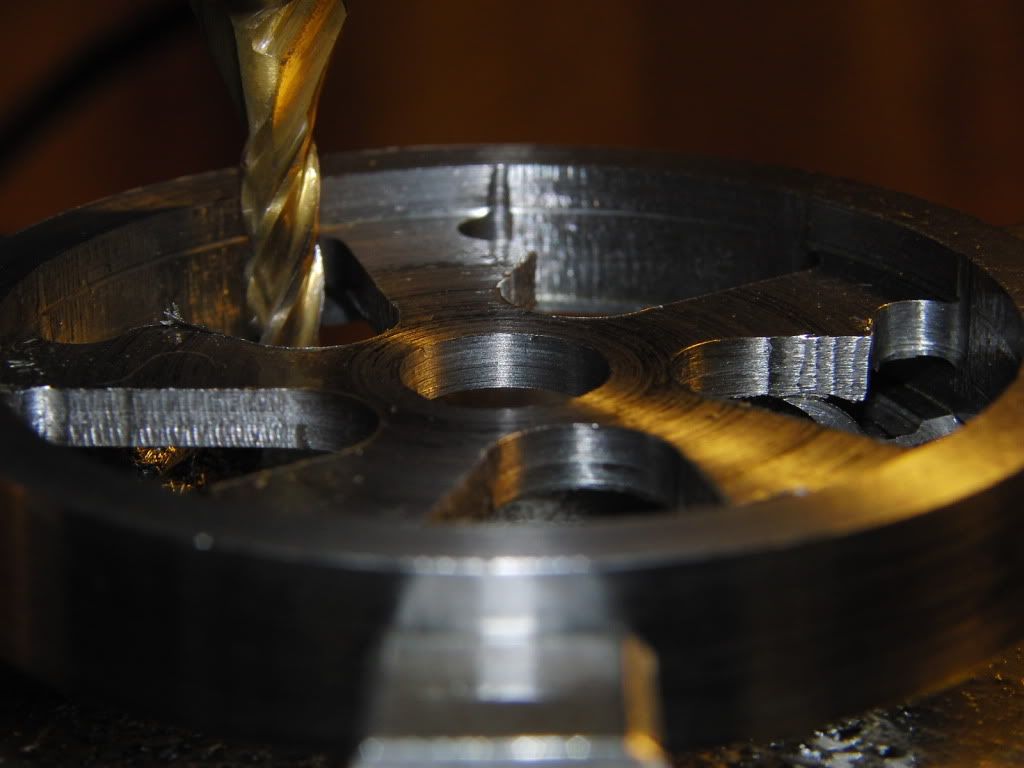
Here are some Radius's on MY Double Poppin Standard
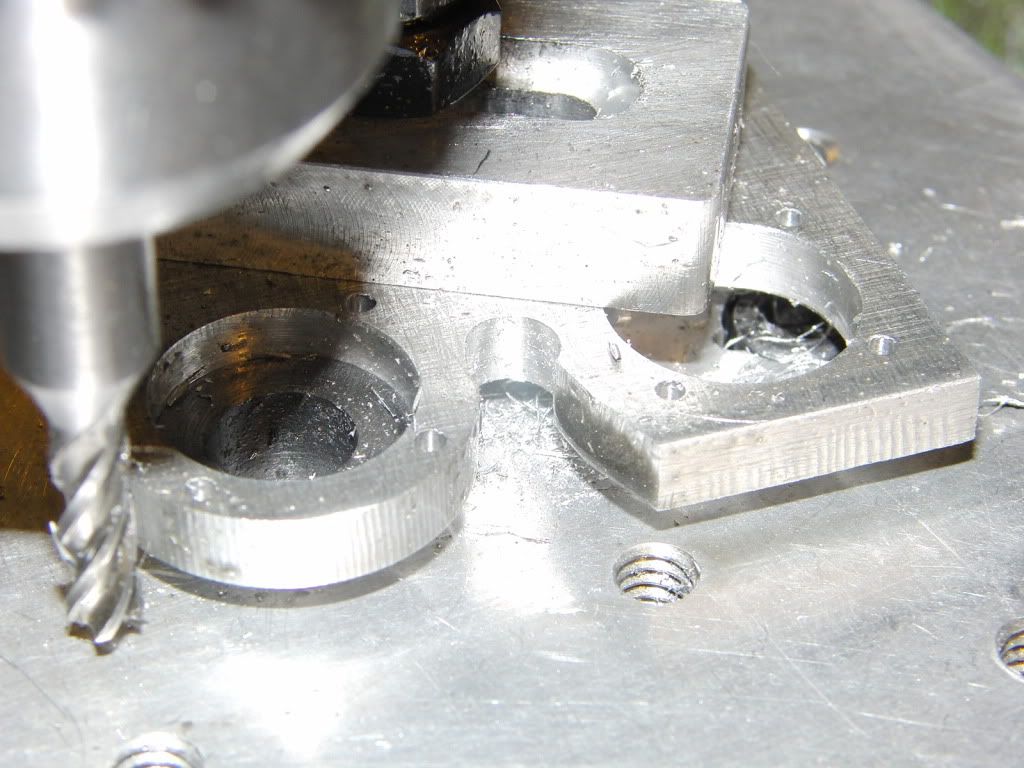
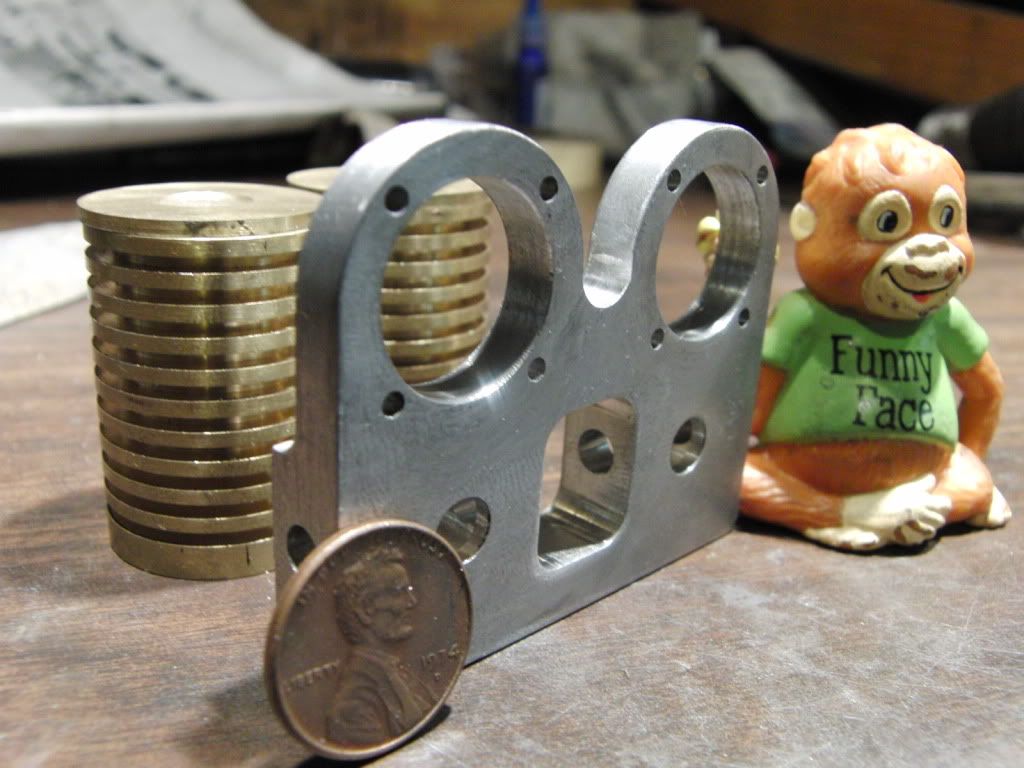
I am sure there is more than one way to do this though, this is just what I do.
Kel
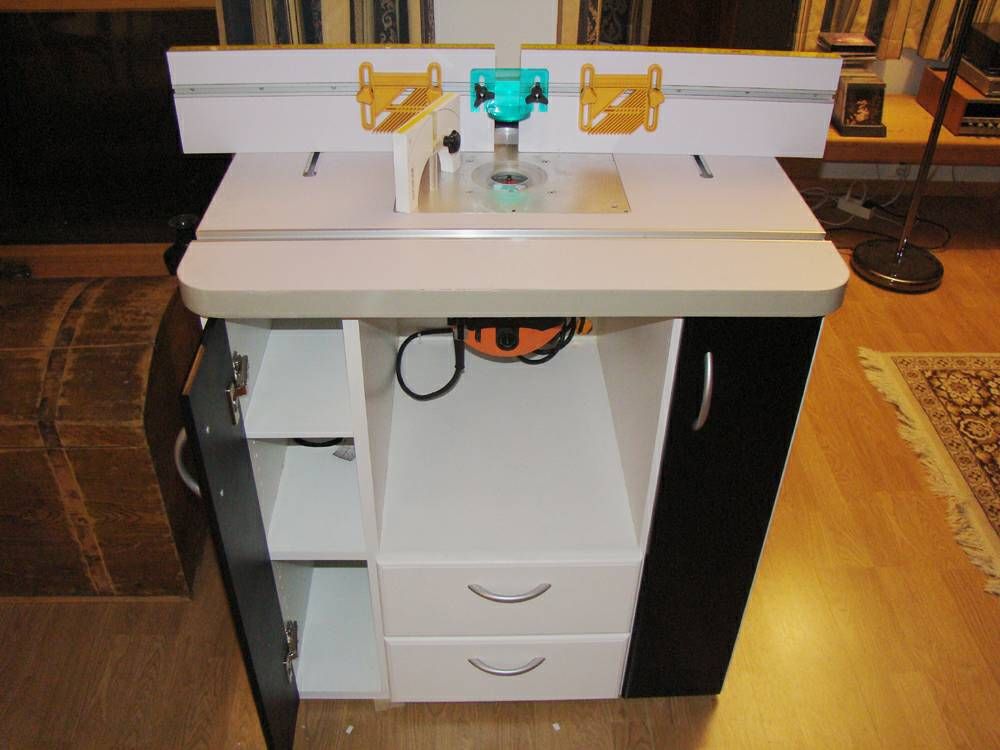
Coffeebear,
A rotary table is typically fixed in that the axis can only be horizontal or vertical (although there is nothing stopping you from mounting it on a a sine plate or similar) - a dividing head is inclinable through 90°.
A dividing head also has the ability to drive the index plate via a geartrain so that you can generate rotation in synch with your leadscrew for the production of helical gears.
Rotabs are typically 90 revs = 360° whereas dividing heads are 40 revs = 360°.
So you can't do helical gears on a rotary table - for that you need a dividing head.
A rotary table takes up a lot less vertical space then a dividing head pointed up when you want to generate rads etc.
Ken
It depends upon many factors, including your particular projects and chosen machining practices, but generally I agree with Maryak, I use mine for anything that requires a machined radius. I build locomotives, and I might only use mine 2-3 times a year, but when I need it I NEED it!Because I know zip about CNC, my rotary table is an indispensable accessory for use with my mill and I use it for any milling operation requiring going round corners . . . I would not part with mine







